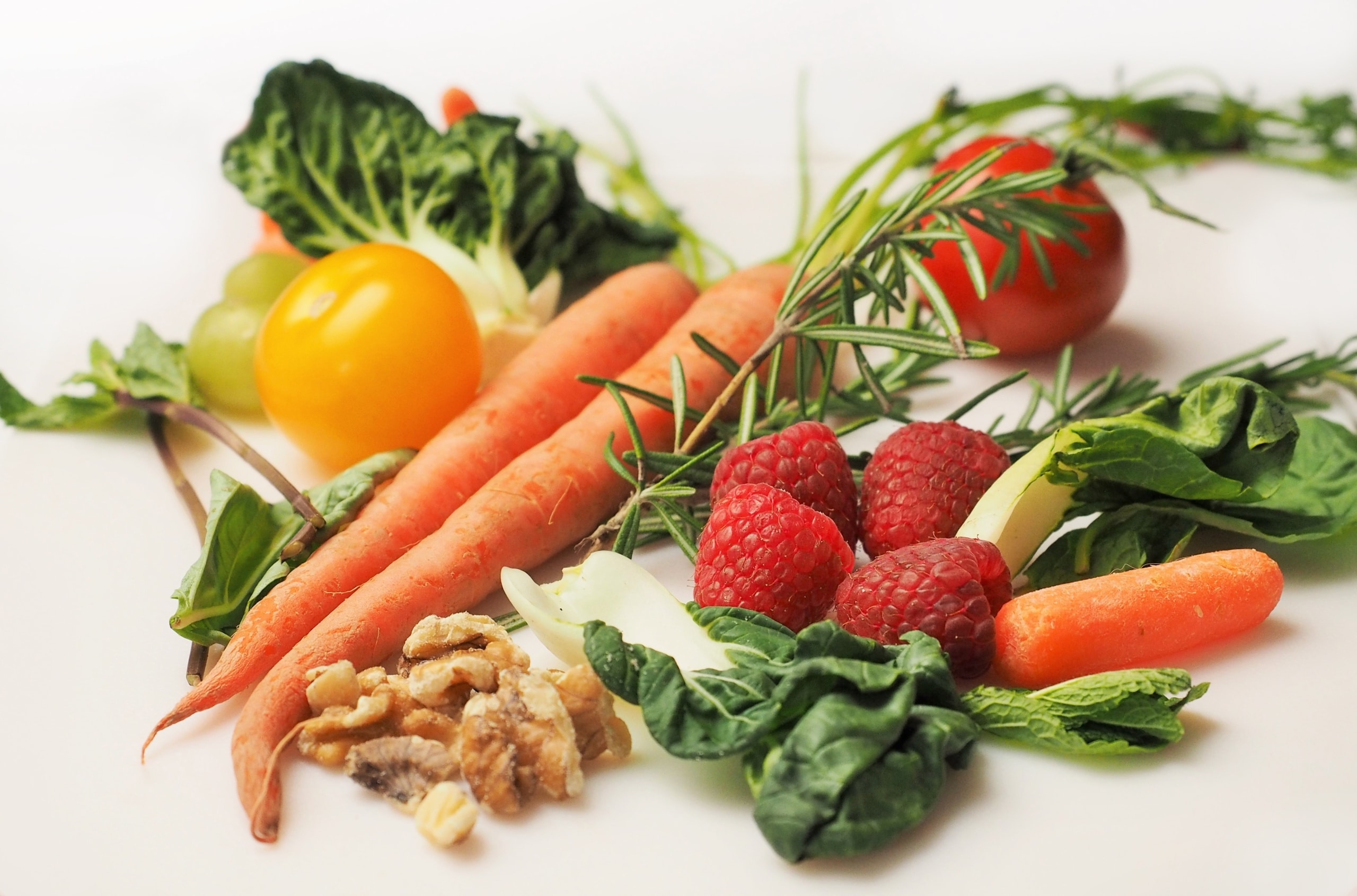Analytical Instrumentation and Food Testing: Leading Markets
Analytical testing is an essential part of food development and production. Key applications include quality control and safety. Testing covers all steps in the food production process from testing for physical, chemical and microbiological characteristics in raw materials and ingredients through final products. As such, testing is done in labs, in the field and during manufacturing.
A new report from Strategic Directions International (SDi), “From Lab to Table: SDi Food Applications Opportunity Report 2023,” provides market data for 13 analytical techniques used in food testing. The market maintains steady growth as routine testing is supported by new testing for emerging contaminants, such as chemical residues; increasingly stringent food safety regulations in countries such as China, including new regulations to prevent food adulteration; and the drive to create more healthy and environmentally conscious food products, such as products containing less sugar.
Analytical Technologies Used in Food Testing Labs
- Atomic Spectroscopy
- Chromatography
- Electrochemistry
- Lab Automation & Software
- Lab Equipment
- Life Sciences
- Mass Spectrometry
- Materials Characterization
- Microbiology & Food Safety
- Molecular Spectroscopy
- Process Analytical Techniques
- Sample Preparation
- Surface Science
Overall, the 13 categories of analytical testing techniques for food testing covered in the report show an estimated compound annual growth rate (CAGR) between 2022 and 2027 in the mid-single digits to reach nearly $12 billion in demand. The fastest growing categories, including mass spectrometry (MS), are expected to exceed this growth rate. Also showing growth rates above the compound average is the category of microbiology & food safety, the second-largest category by value of the 13 categories.
Among the lab tool companies most active in the food testing market are Agilent Technologies, Danaher, Mettler-Toledo and Thermo Fisher Scientific, with each providing testing solutions in multiple categories of analytical techniques. Thermo Fisher supplies products in all 13 categories, while Danaher supplies products for 12 of the 13 categories.
LC/MS
MS is an essential technique for QA/QC food testing. Constant innovation in liquid chromatography (LC)/MS as well as the need to detect lower levels of contaminants in targeted and non-targeted analyses are driving growth in the field. These developments include the addition of a new FDA method, announced in January 2022 as an alternative to Official Method 990.28 of AOAC International, a major testing standards organization, for analysis of sulfites in food at detection limits of lower than 10 ppm. Also in 2022, AOAC proposed a project to develop analytical solutions for quantification of PFAS in processed and packaged foods and raw agricultural commodities. Among the supporters of the project are LC/MS companies PerkinElmer, SCIEX, Shimadzu and Waters.
Agilent Technologies, Danaher’s SCIEX business and Thermo Fisher Scientific are among the major providers of MS instrumentation for food testing, providing quadrupole LC/MS systems for a wide range of applications, including detection and targeted analysis of trace-level contaminants such as mycotoxins and pesticide residues. Among the applications for Agilent’s Ultivo Triple Quadrupole LC/MS instrument are the authentication of honey. SCIEX’s 7500 triple quadrupole LS/MS system has been used to detect pesticide residues in cannabis concentrations in gummy matrixes at ppb levels.
NGS
A relatively new technique to the list of analytical tools for laboratory food testing is next generation sequencing (NGS). This technique’s CAGR is expected to be greater than 5% over a five-year period, as new applications and methodologies take hold. Among the areas in which NGS is making inroads is pathogen monitoring, GMO testing and testing of ingredient authenticity. Among current efforts to deploy the technology are the European Food Safety Authority’s use of NGS to collect of whole genome sequencing data on Salmonella, Listeria monocytogenes, and Escherichia coli in food and animals for monitoring of foodborne diseases. The US FDA’s GenomeTrakr Network gathers whole genome sequencing data for pathogen identification to assist in responding to foodborne illness outbreaks. The database contains sequences of more than 500 genomes.
The largest NGS instrument makers are Illumina and Thermo Fisher Scientific. Last year, SAAS bioinformatics service company SmartGene and Illumina announced a partnership to enable the use of NGS for routine food safety testing. Thermo Fisher offers the SGS All Species ID Food DNA Analyzer kits for use with its NGS systems for verifying food ingredient authenticity. The company’s dedicated food NGS systems include the Ion Chef Food Protection Instrument and the Ion Gene Studio S5 Food Protection Systems.




